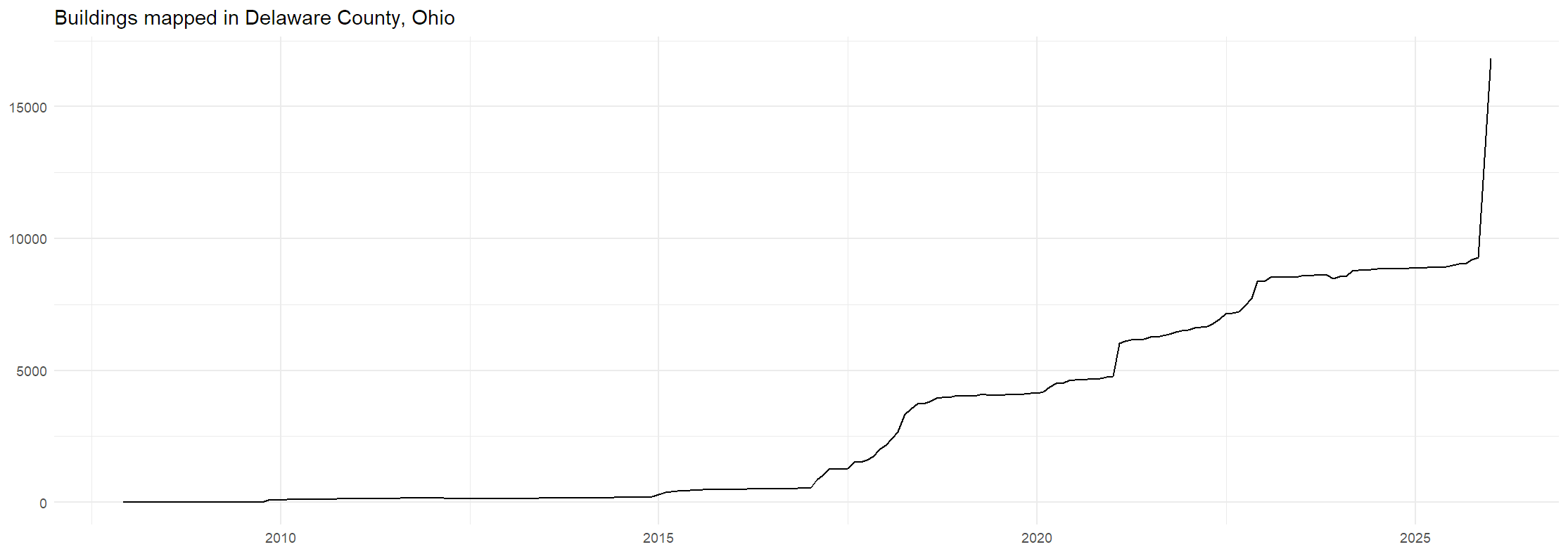[Ex-YU] Naški
##Postavimo Banju Luku na (digitalnu) kartu – Pridružite se #FOSMBL
Da li ste se ikada zapitali kako možemo najbolje iskoristiti potencijal našeg regiona? Sve počinje sa podacima. Pod hashtagom #FOSMBL (Friends of OpenStreetMap Banja Luka) želimo da sve izmjene na OpenStreetMap-u u Banjoj Luci i okolini učinimo vidljivijim i lakšim za pronalaženje.
Zašto #FOSMBL? Korištenjem ovog hashtaga u komentarima vaših izmjena (changesets), pomažete u stvaranju lokalne zajednice. To nam omogućava da pratimo napredak i bolje se koordinišemo. Ali cilj je mnogo veći od samog mapiranja:
Turizam: Ažurne karte pomažu turistima da pronađu naše znamenitosti, ugostiteljske objekte i staze.
Ekonomija: Precizni podaci su ključni za logistiku, lokalne biznise i ekonomski razvoj.
Vizija: Vrijeme je da razmislimo o formiranju zvanične OSM grupe za Banju Luku i regiju. Zajedno možemo organizovati “mapatone” i unaprijediti kvalitet podataka na viši nivo.
Hajde da zajedno pokrenemo Banju Luku u digitalnom svijetu!
[DE] Deutsch
##Banja Luka sichtbarer machen – Ein Aufruf an alle Mapper
Hast du dich jemals gefragt, wie wir das volle Potenzial unserer Region ausschöpfen können? Alles beginnt mit Daten. Unter dem Hashtag #FOSMBL (Friends of OpenStreetMap Banja Luka) wollen wir ab sofort alle Änderungen in OpenStreetMap in und um Banja Luka bündeln.
Warum #FOSMBL? Indem wir diesen Hashtag in unseren Changeset-Kommentaren verwenden, machen wir unsere Arbeit sichtbar. Es hilft uns zu sehen, wer woran arbeitet, und Fortschritte gemeinsam zu feiern. Aber es geht um mehr als nur Linien auf einer Karte:
Tourismus: Aktuelle Karten helfen Gästen, unsere Sehenswürdigkeiten, Cafés und Wanderwege zu finden.
Wirtschaft: Eine präzise Infrastruktur ist die Basis für Logistik und lokale Unternehmen.


.jpg)






